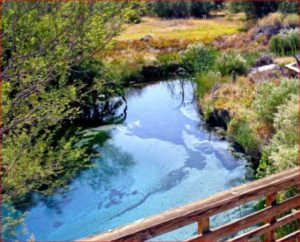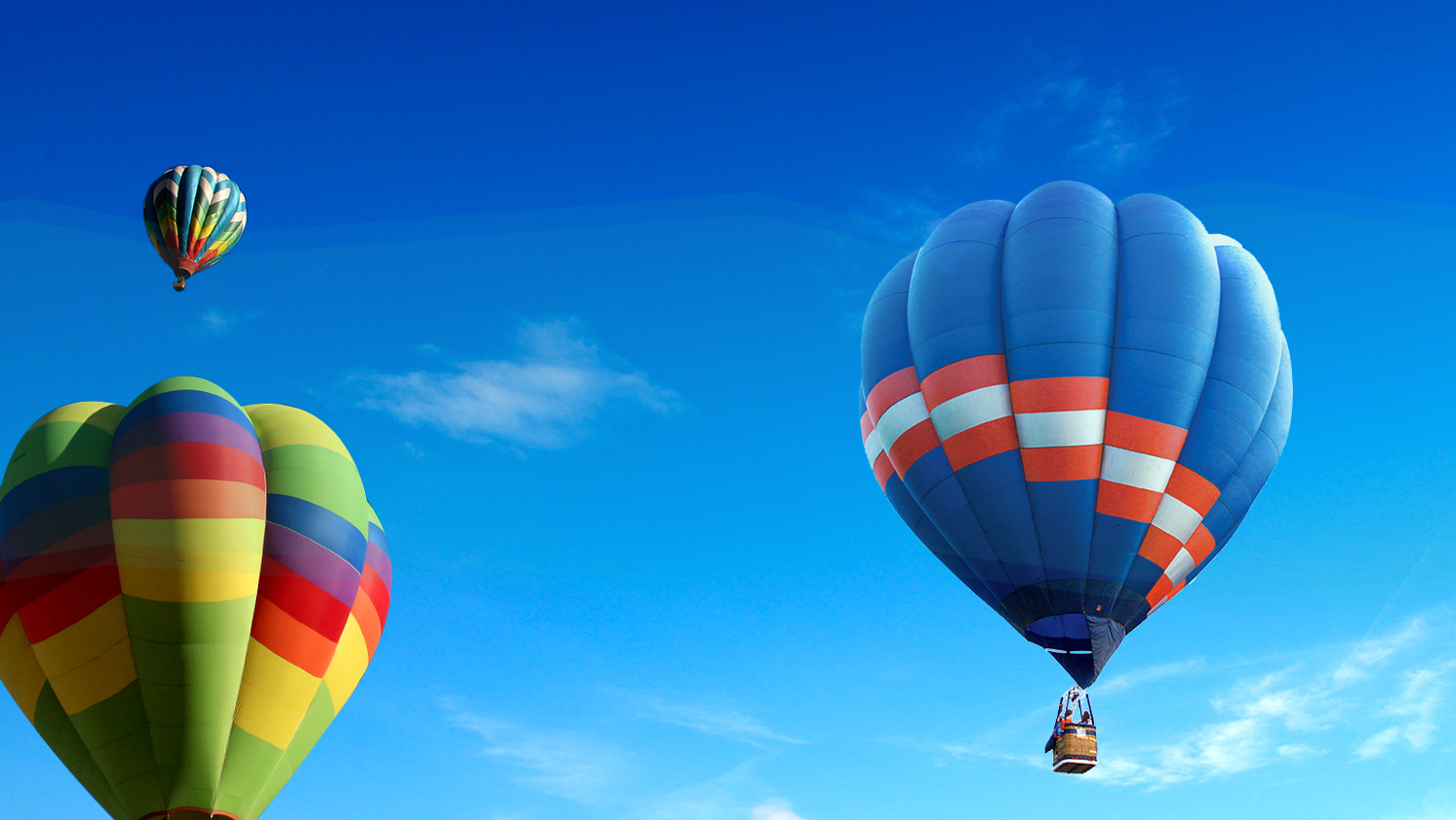Pahrump is approximately 30 miles away from one of the most beautiful scenes in the Mojave Desert. Well worth a visit, Ash Meadows National Wildlife Refuge is a unique ecosystem all of its own. It is located in the middle of the desert but covered with natural springs and stands of ash trees for which it was named. It truly is an oasis in the desert.
 How was Ash Meadows Formed?
How was Ash Meadows Formed?
Over 10,000 years ago, large lakes and connecting rivers covered a significant part of what is now the Mojave Desert. Over time, as the earth warmed, the lakes shrank, leaving behind a large aquafer, and natural springs sporadically spread across this land, forming an oasis in the middle of the desert.
The Arrival of Settlers
The initial inhabitants of these wetlands were the Southern Paiute and Timbisha Shoshone people, who held this land sacred. They used it as a gathering place where humans could be one with Nature.
When the European settlers came and discovered the abundance of water, they created a settlement and started pumping the water from the aquifer for their own use. These people of varying backgrounds, including miners, farmers, moonshiners, and brothel owners, felt they’d discovered a perfect place to live where there seemed to be an endless water supply.
However, the supply was not endless, and the area began to suffer because of the drain on the water source. What was once a haven for unique wildlife and plants found only in these wetlands started to change drastically.
The Devil’s Hole Pupfish Saves the Day
People who were familiar with this previously untouched paradise for wildlife and vegetation became concerned at the dramatic changes in this once tranquil land. Many varieties of flora and fauna unique to the area were facing extinction. One of the threatened species was the Devil’s Hole Pupfish.
In 1952, a group of conservationists familiar with this area convinced President Truman to protect this tiny fish. Coincidental with this action, Devil’s Hole became part of Death Valley National Park. In 1963, the Devil’s Hole Pupfish made the endangered species list, but this did not stop the pumping of water. The lowering of the aquifer began impacting the habitat for this rare pupfish. Other native wildlife became extinct because of the destruction of their surroundings.
To add fuel to the fire, a developer proposed a city at this location with plans for 34,000 homes, hotels, strip malls, and an airport. Bulldozing the dunes and replacing riverbeds with cement began. The water consumption continued to have a significant impact on the surroundings.
In 1980, The Nature Conservancy took a major step to save the wetlands and all that depend on it. They purchased the land from the developer with the intent to restore the natural oasis. Their next move was to sell the property to the federal government to be managed by the United States Fish and Wildlife Service as it still is today.
The Creation of the Ash Meadows National Wildlife Refuge
The refuge was officially created in 1984 and was designated one of the first “US wetlands of international importance.” It became a Ramsar Site, named after the convention for the “voluntary international cooperation for wetland conservation treaty” held in Ramsar, Iran in 1971.
At this time, the efforts began to restore the 24,000 acres of spring-fed wetlands to its original state… and those efforts continue today. At least 26 endemic species of both plants and animals now live here and cannot be found anywhere else in the world.
It’s a haven for bird watchers, photographers, hikers, and wildlife lovers. Flowers bloom throughout the year, and some varieties are only found here. Temperature-wise, the best times of the year to visit are spring and fall when the temperatures are milder.
7 Must-See/Do Things in the Refuge
- Visitor Center – Start your visit here and learn more about the formation of the refuge. Enjoy a movie explaining what you are about to see. Look at the various books and other material they have available, telling the story of the wetlands. Buy a souvenir and adopt a pupfish while you’re there.
- Crystal Springs Boardwalk – Take the hike along the boardwalk (less than a mile round trip) that takes you to Crystal Springs. It is one of the most beautiful, clear blue natural springs in the park. Here you can see to the bottom of the 15-foot-deep pool and watch as it produces 2,800 gallons of 87° F water per minute. There are information stands along the way, telling you what you are witnessing.
- Photography Abound – Don’t forget your camera. Everywhere you look, you’ll see a photograph in the making. The colors are vivid, and the scenery is fantastic. It’s a once in a lifetime chance for pictures of this unique refuge.
- Birding Galore – If you are a birder, you’ll be thrilled at the number of unique species that call the wetlands home. If you time it right, you can see many species that are passing through as they migrate through the area. Before you leave the visitor center, pick up one of the bird books, and learn which ones visit the refuge at what time of year.
- Point of Rocks Boardwalk – Here’s a chance for you to see some pupfish. Enjoy the walk (about .5 miles round trip) through the trees on this boardwalk to Kings Pool. There’s a chance you can see other wildlife on your hike or in the nearby hills. Learn more about the area from the interpretive panels along the way.
- Devils Hole – Visit the home of the small fish that started the revitalization of the wetlands. It is fenced in to protect the Devils Hole Pupfish, but you can get an idea of where this unique fish comes from. The hole is estimated to be at least 500 feet deep, but no one has ever actually found the bottom.
- Longstreet Spring and Cabin – One of the early settlers of the area who lived among the Paiutes and Shoshones was Andrew Jack Longstreet, who was a man of many occupations. He was a rancher, saloon keeper, prospector, and a gunslinger. Learn how he built his stone cabin as an extension of an existing cave and used the cave as natural refrigeration. Another clear blue natural Spring, now called Longstreet Spring, is a short distance away. The walk to the cabin from the road leading to it is about .2 miles round-trip.
The items listed above are only a part of what there is to see and do in the wetlands. But it will get you started. Learning all about the refuge and the changes that have taken place over the many years of its existence is an amazing story about Mother Nature taking care of herself.





